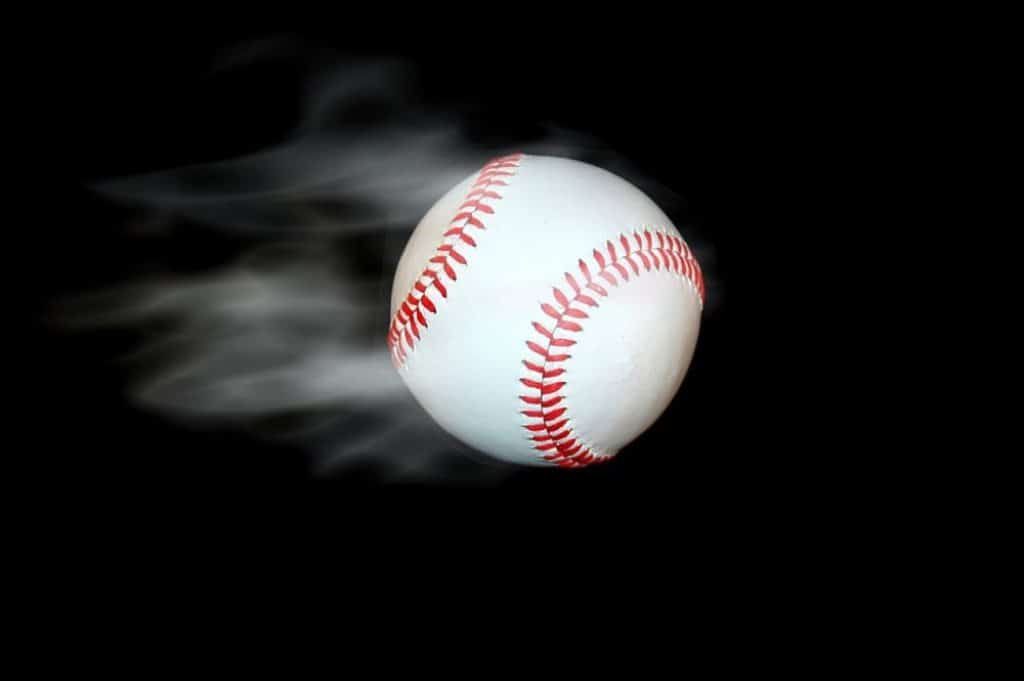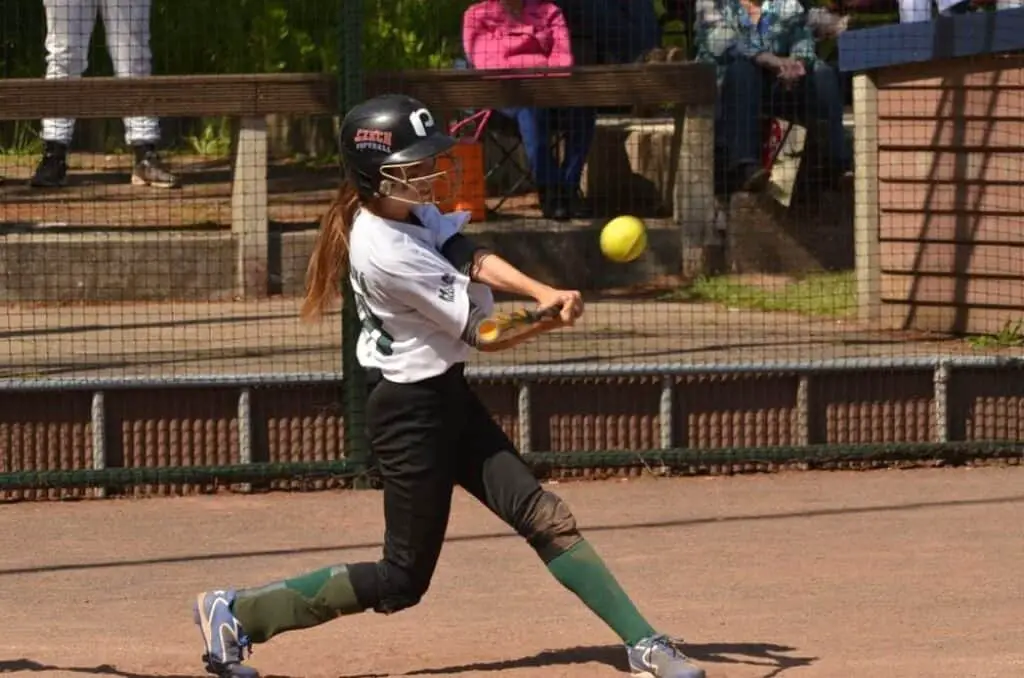Can you Hit a Baseball or Softball Further?
Baseball and softball are often considered close relatives in the world of sports.
They do share a lot of similarities and softball was initially developed as an indoor version of baseball.
However, there are enough differences that show that baseball and softball, without a doubt, are two different sports.
Among the main distinction between the two sports is the ball itself which is bigger and slightly softer in softball.
Also, baseball batters use shorter and heavier bats while the pitching movement in the two sports is also different.
All these differences determine how far you can hit a ball in each of these two sports which further shapes the gameplay distinctions between the two.
So, can you hit a baseball or softball further?
Below, I’ll deal with this question and try to provide as informative and comprehensive an answer as possible.
Table of Contents
Can you Hit a Baseball or Softball Further?
You don’t need to have a degree in physics to know which can fly further off the bat – baseball or softball.
You just need to look at the field on with each sport is played.
If you’ve ever watched these two sports, you’ve certainly noticed that even though they have the same basic layout, the baseball field is much larger.
In baseball, the distance from the home plate to the fence varies but can go up to 400 feet. In softball, that distance is much smaller, up to 25 feet.
That’s the reason you can hit the baseball further than the softball.
If they were the same size, plenty of hit balls in baseball would fly over the fence ruining the gameplay flow.
If you were to use the same batter with the same bat and have them hit the baseball and the softball, baseball would always go further.
Why Does a Baseball Go Farther Than A Softball?

There are plenty of factors that determine how far the ball will fly after being hit by a bat.
Different Weight and Size of the Ball
The first reason why a baseball goes farther than a softball has to do with the ball itself.
The baseball is smaller which means that it’s met with less air friction. The air resistance may seem irrelevant because it’s just air.
However, the fact that players hit the ball further at ballparks located at higher altitudes, such as Coors Field in Denver, proves this point.
In addition, softball is bigger and heavier which means that there’s more gravitational pull in play.
Stronger Hits and More Exit Velocity
Another thing that determines the distance a batted ball travels is the quality of the hit. Better contact with the ball and more swing speed will transfer more energy to the ball.
This produces a higher exit velocity and makes the ball fly farther. The exit velocity is also increased with a higher pitch speed.
In baseball, pitches come at the batters faster producing more speed and greater distance of the ball after being properly hit.
Besides, compared to baseball, the home plate is farther from the pitching mound.
This means that baseball batters have a bit more time to react and properly connect with the ball, preferably at the sweet spot, and produce projectiles that fly far away.
In addition, baseball bats feature different weight distribution providing even more momentum when hitting the ball.
What is the Farthest Baseball Ever Hit?
There are many legends and mythical stories about batters hitting the ball over 600 feet.
However, the longest verified home run belongs to Joey Meyer. On June 6, 1987, he hit the long ball that reportedly flew 582 feet.
Meyer was playing at the minor league at the time as a member of Denver Zephyrs.
The longest hit in the MLB belongs to legendary Babe Ruth, whose home run at Navin Field (now known as Tiger Stadium) in 1921 went a whopping 575 feet.
What is the Farthest Softball Ever Hit?

According to the Guinness Book of records, the longest recorded batted ball distance in softball belongs to Todd Erickson.
In 2018, he hit the ball 576 feet.
However, this didn’t happen during a game but at the special event that saw Ericson compete against former MLB player Jose Canseco and his brother, Ozzie, to see who can hit the softball the farthest.
How Far Does a Baseball have to Go to be a Home Run?
As baseball teams have fields of varying sizes, fences are also at a different distance from the home plates.
This means that how far a ball has to fly for a home run usually depends on the ballpark at which the game is played.
Nevertheless, the MLB rulebook features a rule 5.05(a)(5) that stipulates that if the ball flies over the fence in fair territory that is less than 250 feet from the home plate, then the batter is only entitled to advance to the second base.
So, we can say that the minimum distance a ball has to travel for a home run is 250 feet.
However, most baseball fields and all MLB ballparks have fences further away. On average, the home run ball usually flies between 350 and 400 feet.
How Far Does a Softball have to Go to be a Home Run?
Softball fences are much closer to the home plate than in baseball, so the distances a ball has to travel for a home run are shorter.
In addition, those distances vary depending on the level of competition.
At the youngest age, softball players commonly have to hit a ball around 150 feet far to score a home run.
In Little League, the fences are set at a maximum distance of 200 feet.
As for college play, most games are played on the fields where the fence is at around 225 from the home plate in the center field and around 190 feet at the corners.
In adult softball, the distance varies between 250 and 315 feet.
Conclusion
Seeing a dinger fly over the fence is the most exciting moment in both baseball and softball. It’s the most valuable play in both sports and also the most impressive.
Of course, the distance the ball flies is different in softball and in baseball.
The size and weight of the ball as well as the difference in pitching styles and field layout are the main reason for this.
It’s just one of the many differences between the two sports but probably one of the most influential.
The fact that baseball can fly further than softball dictates the different field sizes and has a great influence on team strategies and the nature of the gameplay.




